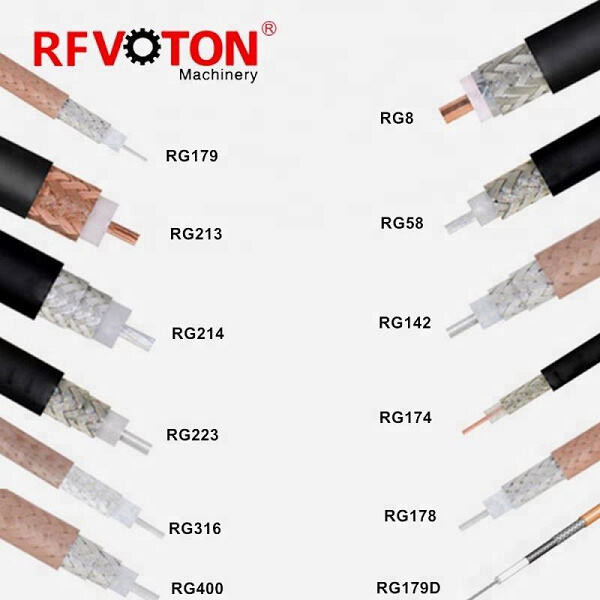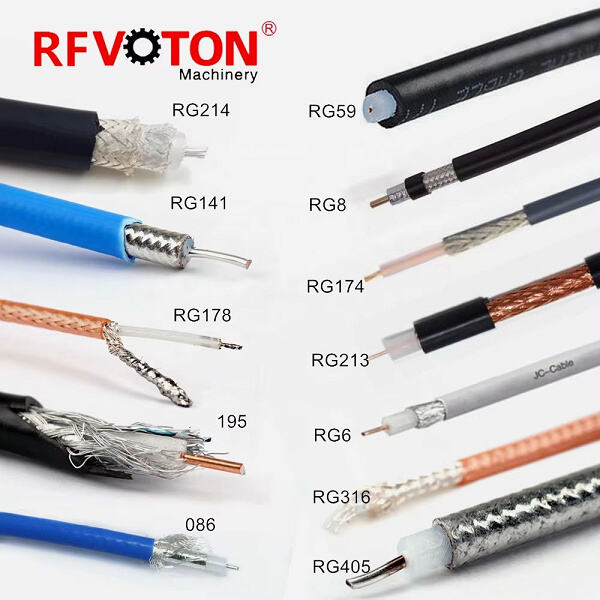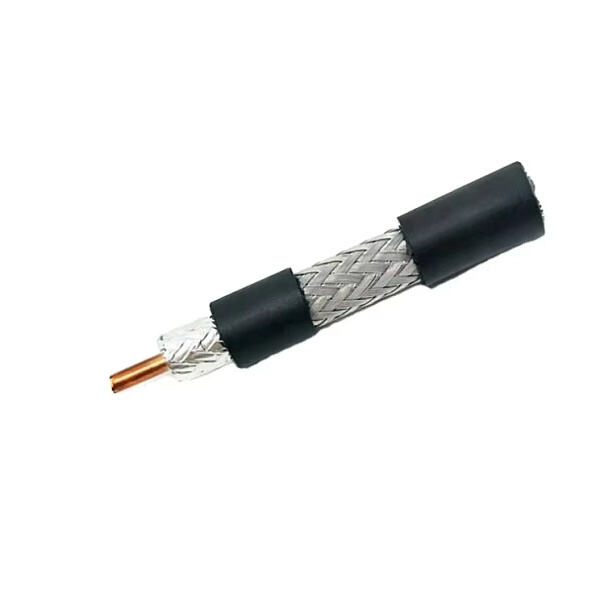Description of RG58U Coaxial Cable RG58U coxial cable is utilized for the transmission of data and radio frequency signals. It has a conductor at its center, through which the signal flows. This is encased in an insulator, a metal shielding and a further outer insulator. This configuration also helps protects the signal from interference and make sure the signal won't lose its quality while on the way.
There are a number other good reasons why one might want to use RG58U coax to express your data. One big advantage is that it performs very well over long ranges without any quality loss. This makes it well-suited for mission-critical applications such as networking or telecommunications systems.
Another benefit of RG58U coax cable is that is strong and is less likely to be affected by external elements. This is why it can even perform good in harsh atmospheres. In addition, home installers find it very easy to install and take care of, and it can be easily terminated with many different kinds of connectors.
Installing and Maintaining RG58U Coaxial Cable Scale Casting the Terminal Connectors of Coaxial Cables Using The RG58U Coaxial Cable and TNC Connector Kit

Getting and keeping it looking good is as easy as installing and maintaining RG58U coaxial cable. To install the cable, measure how long you need and cut it to that length. Then strip back the outer insulation from the cable ends so you can see the inner conductor and shield. Then, plug the cable into your devices, ensuring they are securely connected.

To maintain RG58U coaxial cable, check it frequently for signs of wear or damage, such as cuts and kinks. If you notice anything wrong, it is best to quickly replace the cable, because otherwise you will lose signal quality. Additionally, keeping the cable clean and free of debris can keep it working fine.

Whenever you consider RG58U coax vs other types of cables, it is a very strong performer for the price and longevity. This RG58U coaxial cable is designed for transmitting data rather than an electrical charge, and that’s what allows it to maintain such a strong signal over the span of thousands of feet. It is also less susceptible to contamination from external sources than is thermistors/thermistances which, for this reason, suit is to numerous applications.